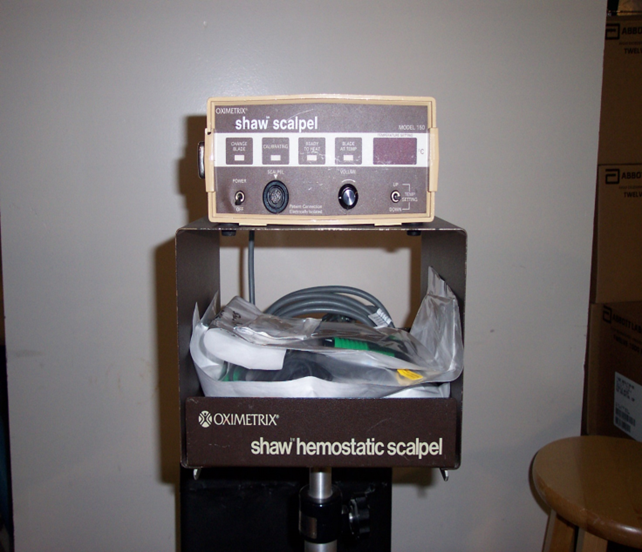Otorhinolaryngologic Instruments
White Tonsil Forcep
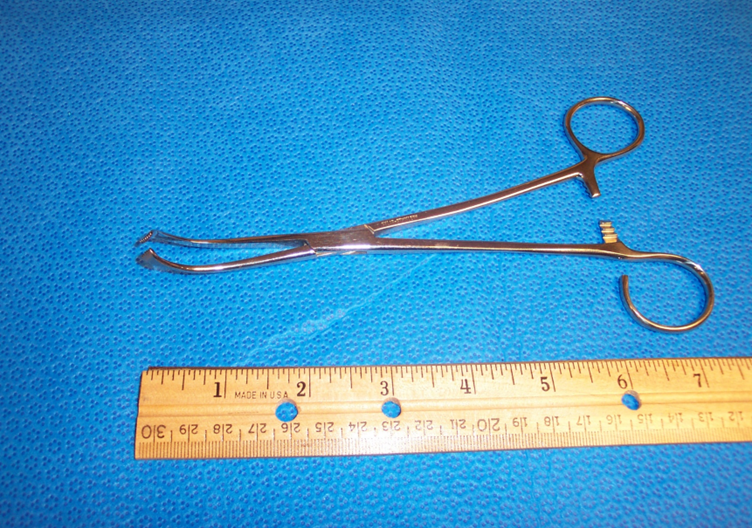
Used to hold tonsil sponges and grasp tonsils.
Jansen Bayonet Forcep
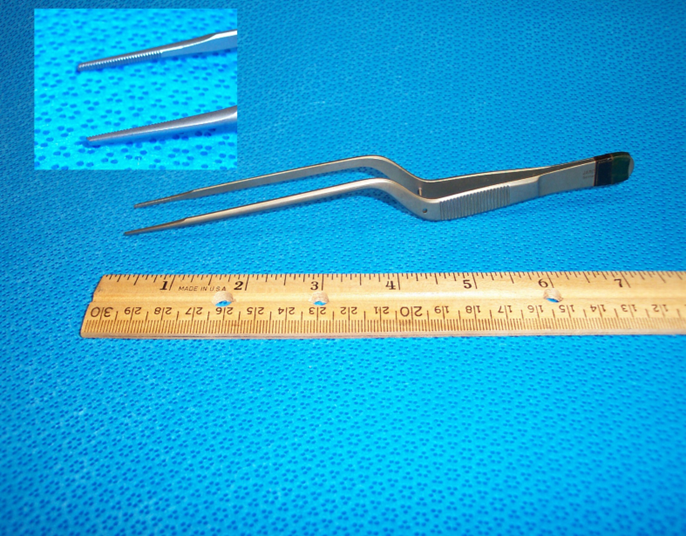
Grasp tissue or insert packing into nose or ears.
1/57
There's no tags or description
Looks like no tags are added yet.
Name | Mastery | Learn | Test | Matching | Spaced |
|---|
No study sessions yet.
58 Terms
White Tonsil Forcep
Used to hold tonsil sponges and grasp tonsils.

Jansen Bayonet Forcep
Grasp tissue or insert packing into nose or ears.

House Alligator Forcep
Used to place PE (pressure equalizing) tubes.
Also used to remove ossicles (bones in the middle ear).
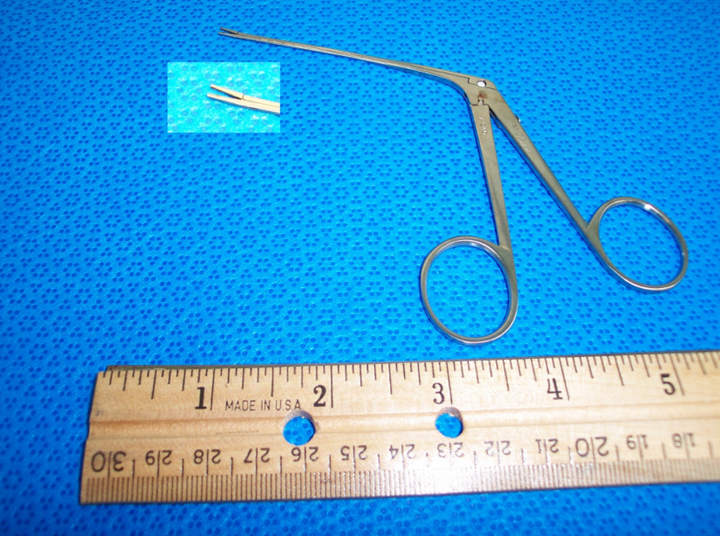
Asch Septum Forcep
Used to maintain alignment during packing insertion in the nose.
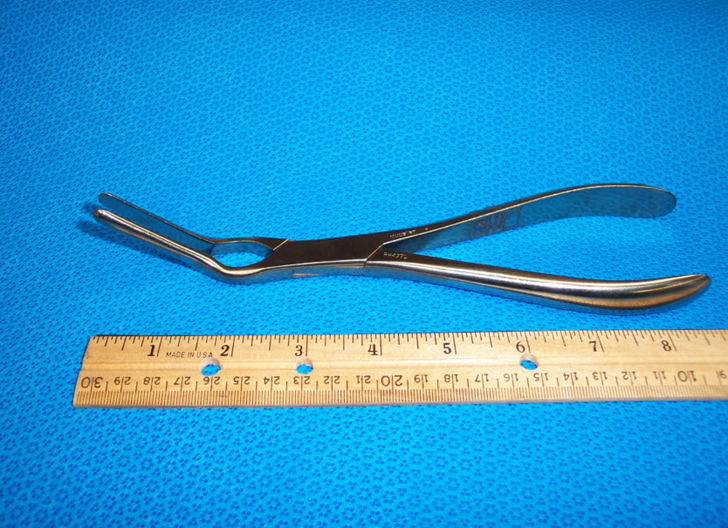
House cup forcep
Used to remove ossicles. The cup can be 1-3mm in diameter.
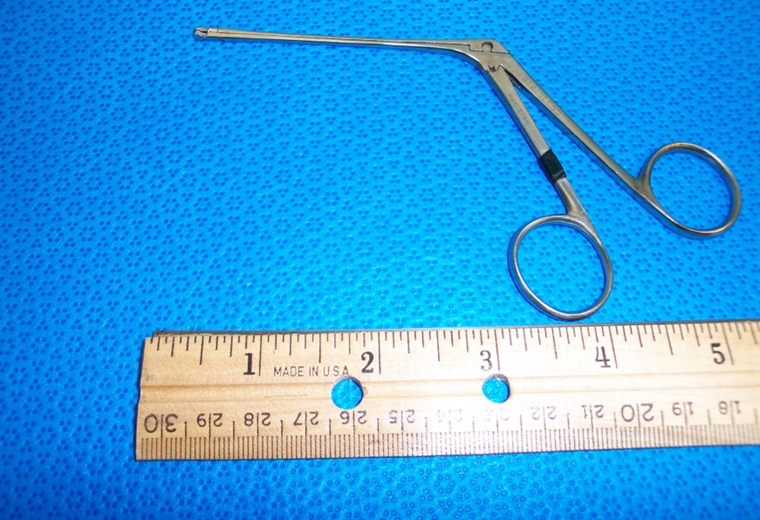
Seiler Turbinate Scissors
Used for cutting nasal cartilage. It is angled on the side.
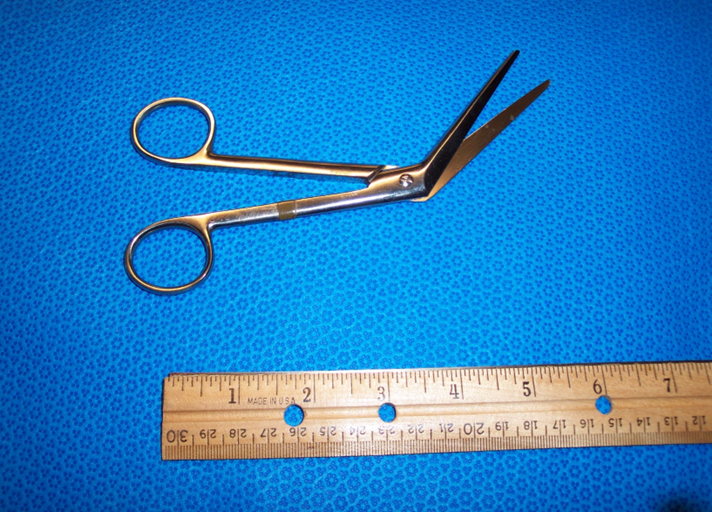
Stevens Tenotomy Scissors
Cutting or dissecting fine tissue.
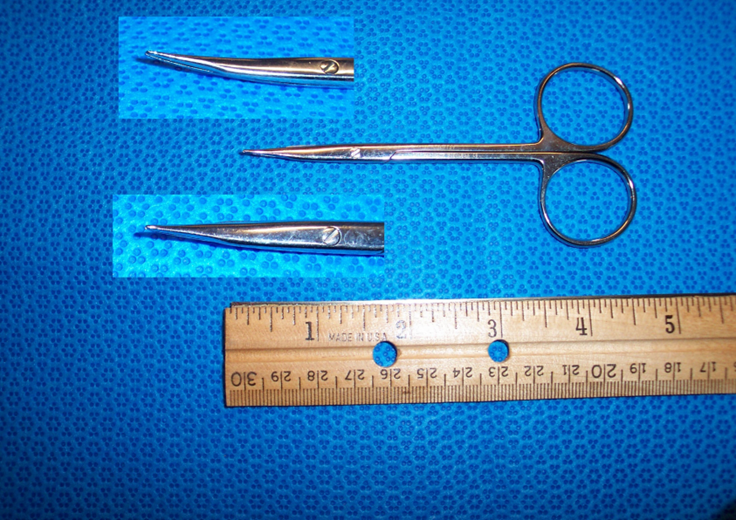
Ballenger Blade (Swivel Knife)
The blade is on a swivel.
Have to use a mallet with the Ballenger Blade.
Used during septoplasty/rhinoplasty to cut cartilage.
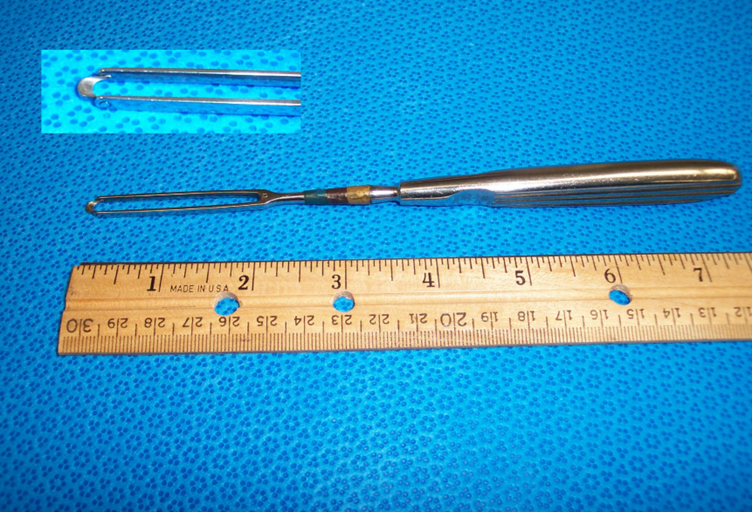
Corwin Knife Handle
This is a #3 round knife handle.

Myringotomy Knife
Used to make an incision into the tympanic membrane (eardrum) for placement of tube.
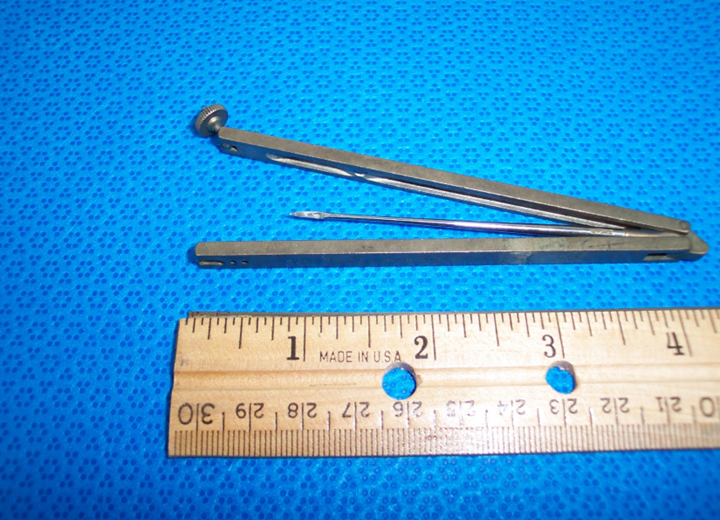
Myringotomy Knife
This is the myringotomy knife opened up completely.
These days, a disposable myringotomy knife is most often used.
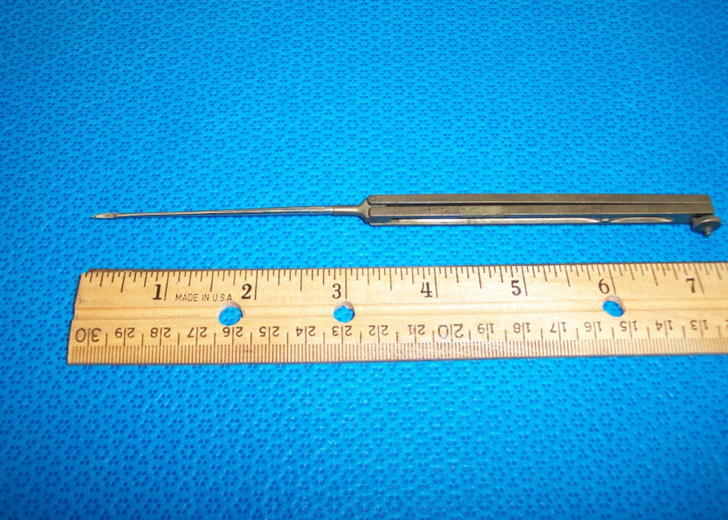
Disposable Myringotomy Knives

Otic Burrs
used primarily in middle ear surgery, they come in cutting or diamond style. Cutting burrs cut bone, while diamond burrs shape bone
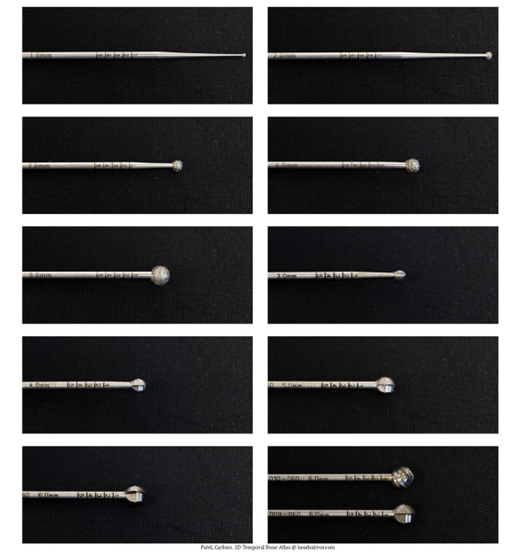
Ossicle Prosthesis
Total ossicular replacement prosthesis (TORP) is used when the superstructures of the stapes are damaged or completely missing.
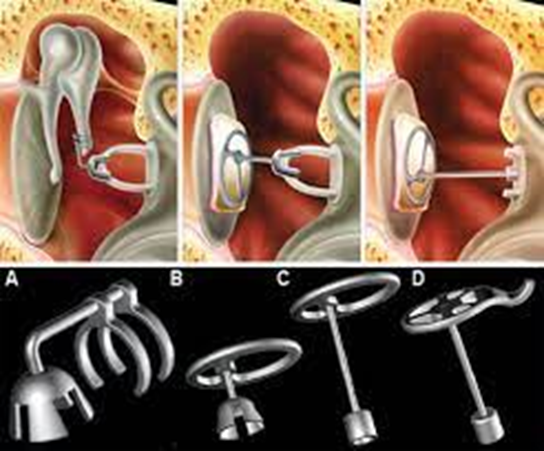
Foman Rasp
Used for cutting or smoothing down nasal bone.
It is double ended, so both sides can be used to cut and smooth.
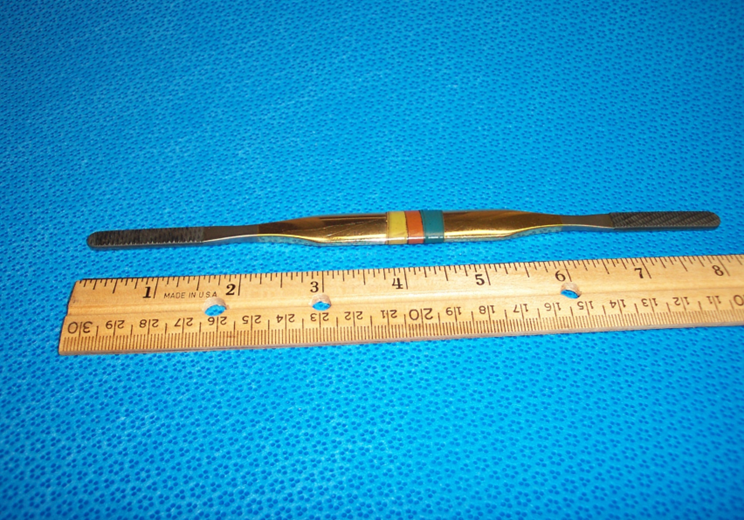
Balloon Sinuplasty Kit
It is used to treat chronic sinusitis.
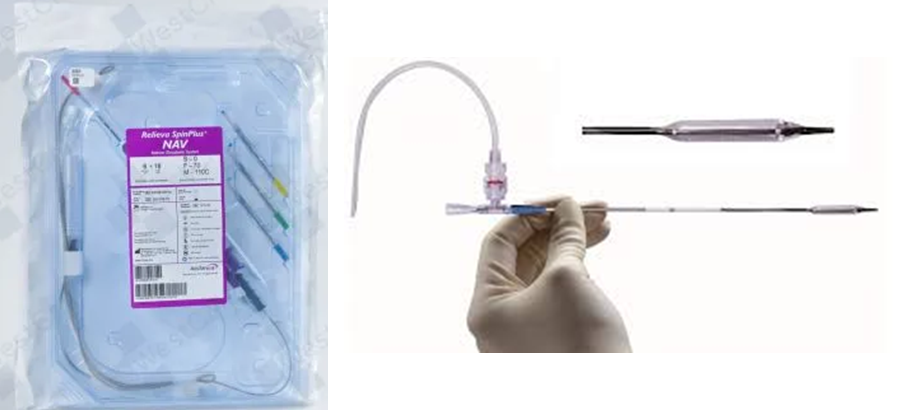
Nasal Navigation
Track and monitor the position of the instruments in relation to the patient’s anatomical landmarks.
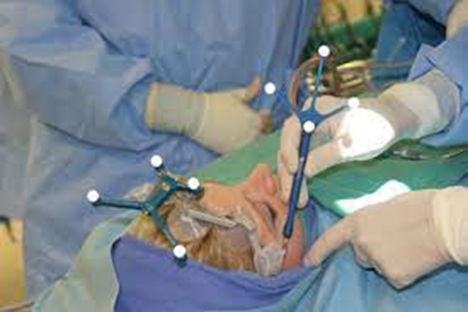
Nasal Splints
Used after nasal surgery to protect and shape the nose.
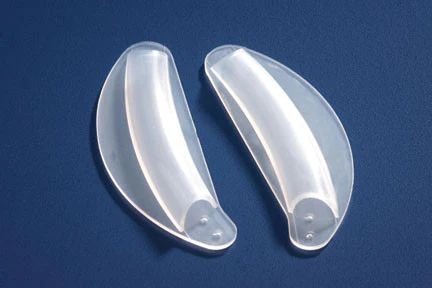
Barnhill Adenoid Curette
Removes (scrapes away) adenoid tissue. They are available in different sizes.
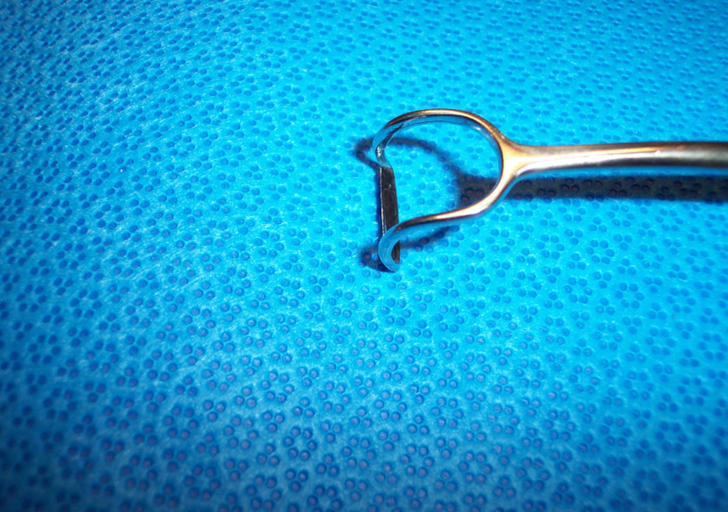
Buck Ear Curette
Removes cerumen (ear wax) or foreign bodies from the external ear canal.
They come in varying sizes and the loop may be sharp or blunt.
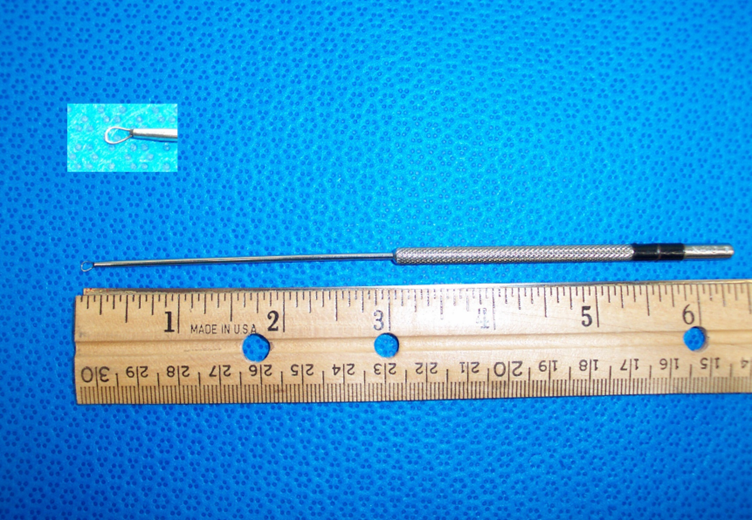
Pierce Osteotome
Cutting nasal cartilage or bone.
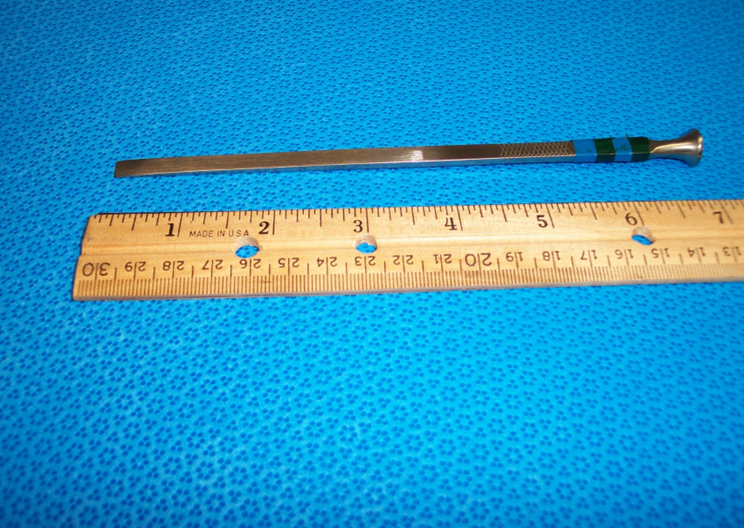
Tooth Extraction Ronguer
Used for extracting teeth.

Key Elevator
Scrapes periosteum from the bone.
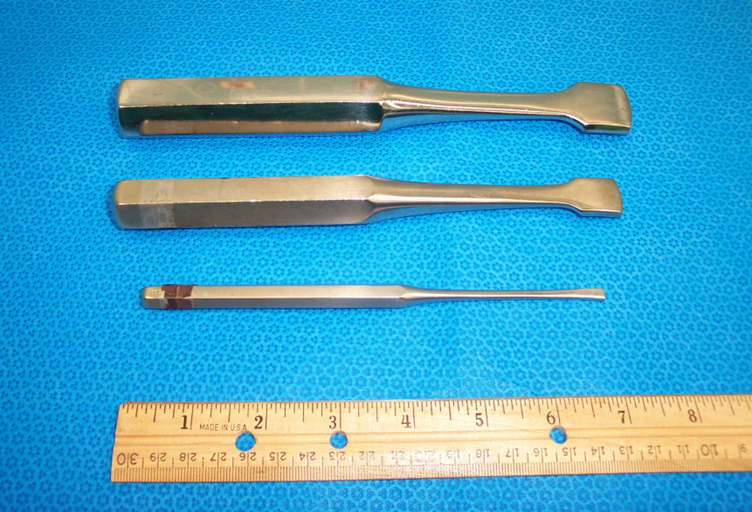
Wire Cutter
Cuts wire. Used a lot during arch bar placements, which is when a patient’s jaw is wired shut.
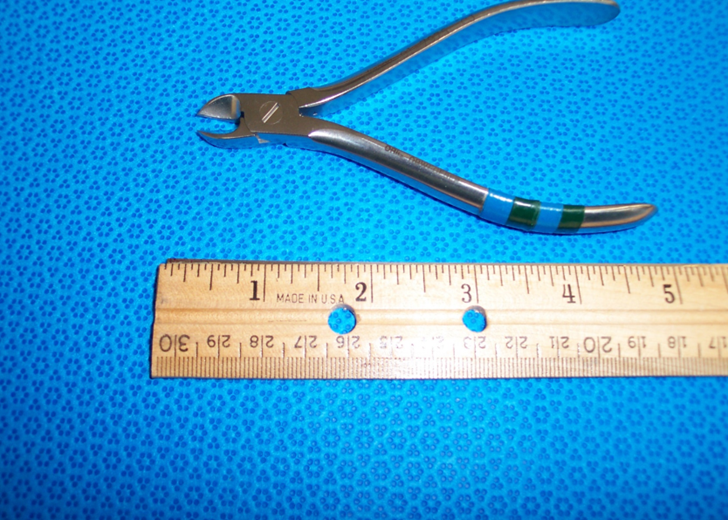
Jennings Mouth Gag
Used for tonsil and adenoid surgeries and any other surgeries of the mouth or throat.
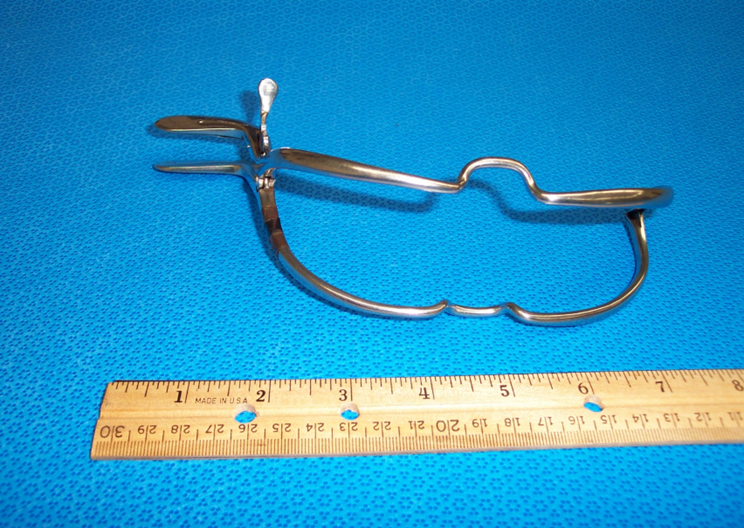
Aufricht Nasal Retractor
Used to retract the nasal walls for visualization of the nasal passages.
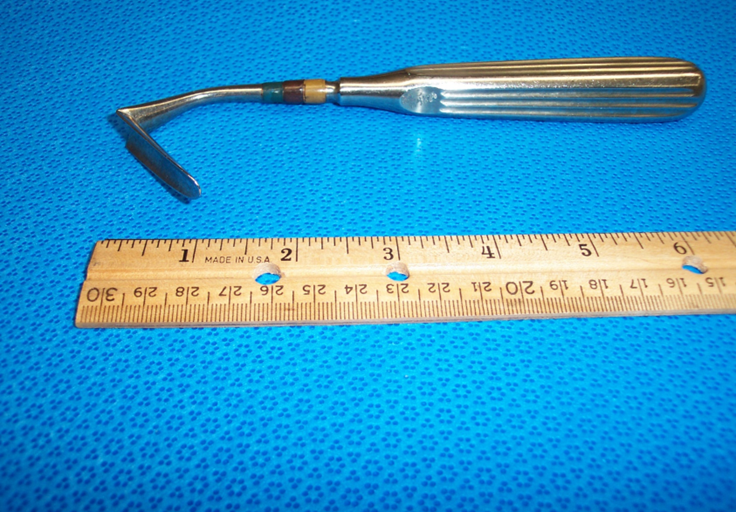
Davis Mouth Gag
This keeps the mouth open during surgery.
This instrument is propped into the mayo stand to keep the head steady and propped up.
When using this instrument, you MUST refrain from moving/leaning/bumping the mayo stand.
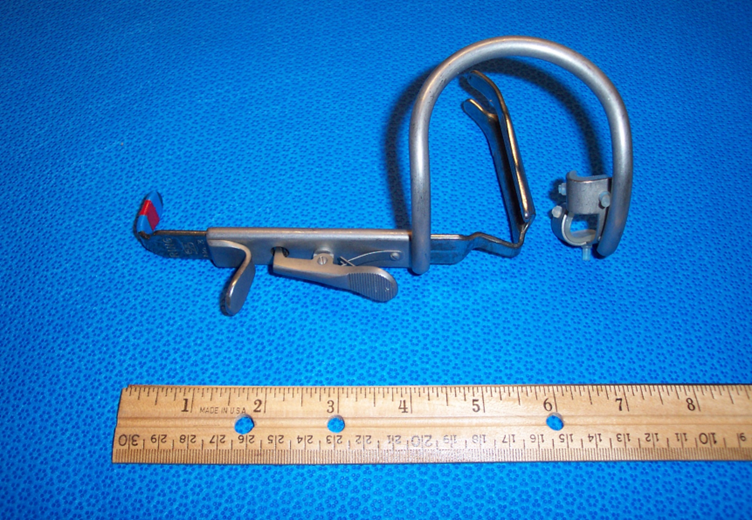
Mahorner
Used during thyroid surgery.
Self-retaining retractor that keeps the thyroid exposed.

Green Loop Retractor
Also known as a goiter retractor. Handheld retractor that is used on the neck.
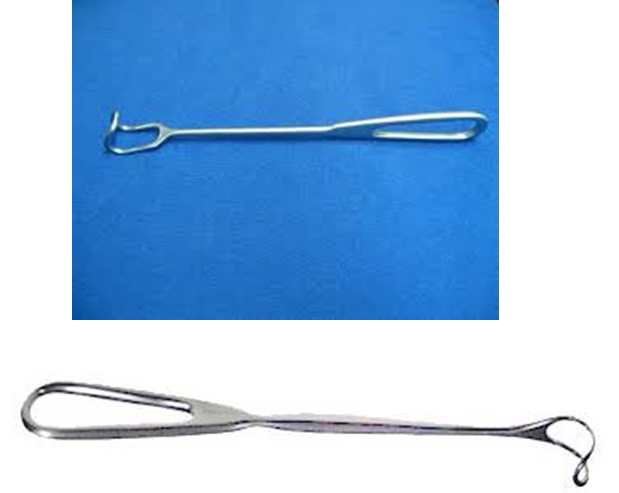
Coblator Handpiece
Used for ablation, resection, & coagulation of soft tissue & hemostasis of blood vessels in ENT surgery.
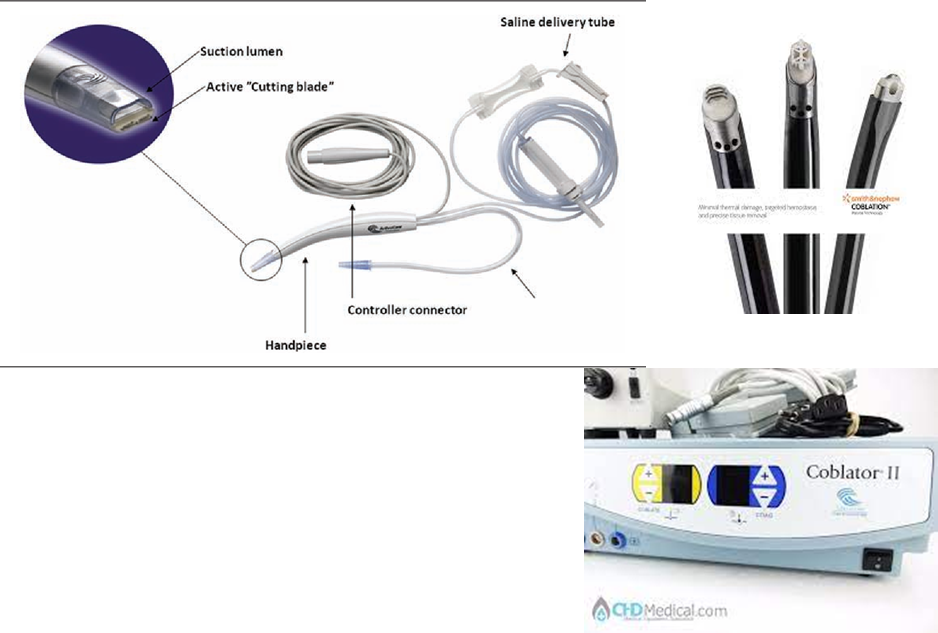
Esophageal Dilators
Used to dilate the esophagus. An EGD will also be performed to monitor progress.
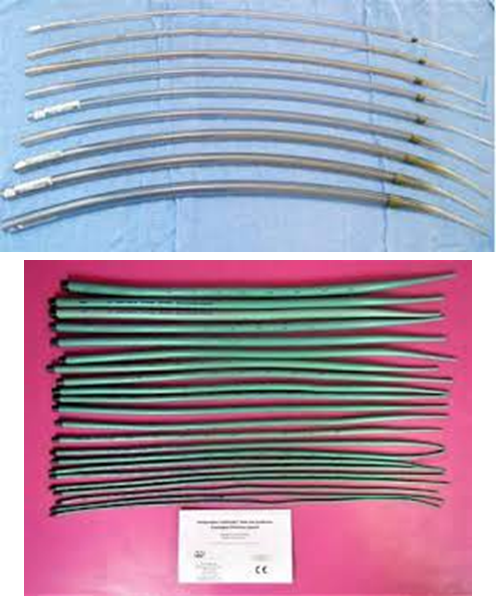
Nerve Stimulator
Reduces the risk of patient injury or nerve damage during ENT procedures.
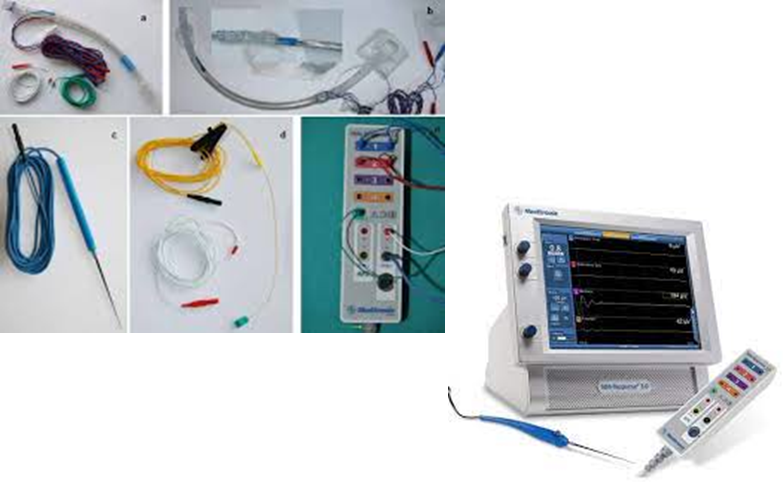
Sputum Specimen Container
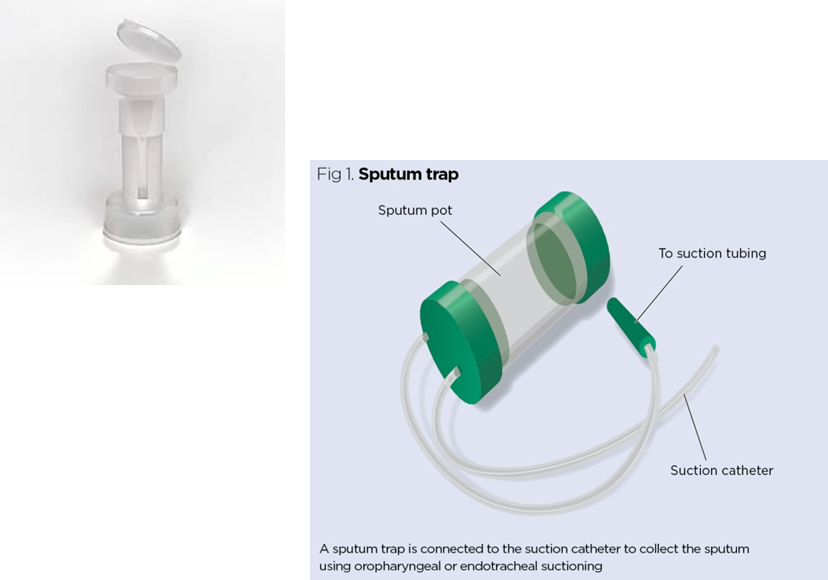
Tonsil Snare
Used for tonsillectomy, the wire loop is placed around the affected tonsil and it is then removed.
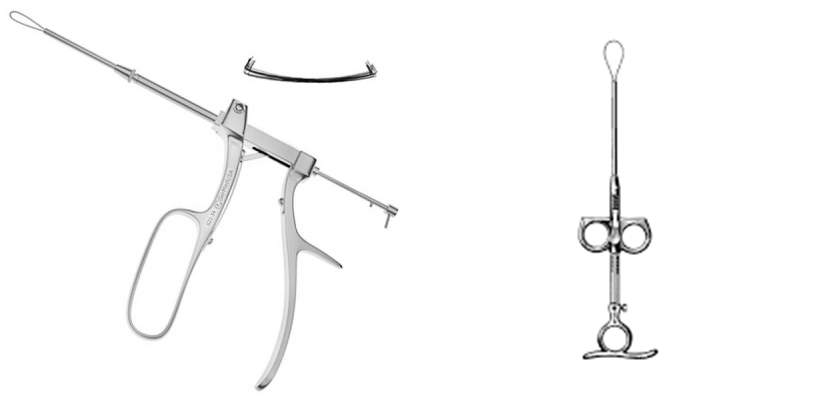
Weder Tongue Depressor
Retracts the tongue downward. Comes in small or large.

Trach Hook
Hook that is used to hold the trachea steady during a tracheostomy.
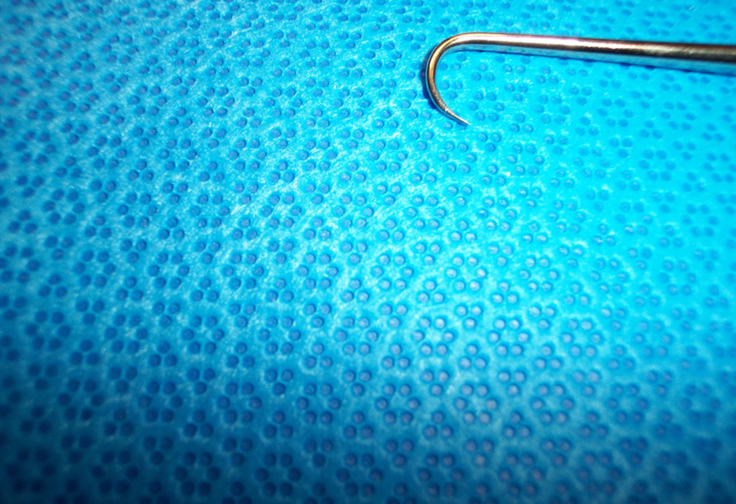
Trach Spreader
Used to enlarge the opening of the trachea so the tracheostomy tube may be inserted.

Lahey Thyroid Retractor
Wound exposure
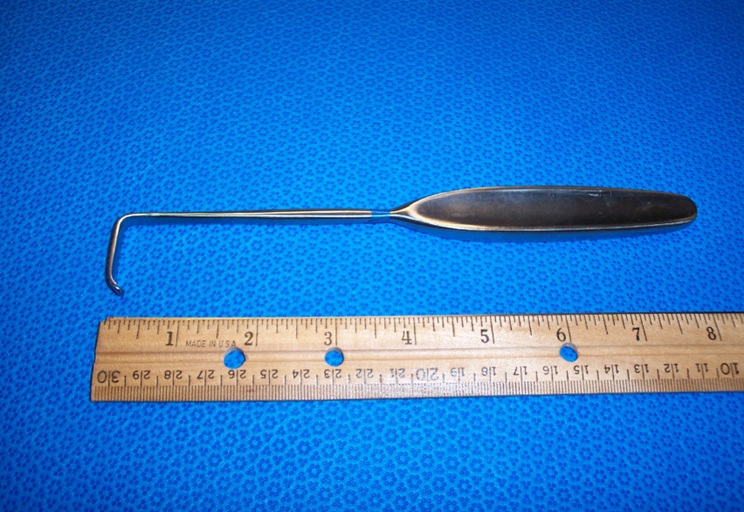
Hurd dissector & Pillar Retractor
Retracting and dissecting.
Used on tonsils to elevate them from the tonsil bed.
Also used for blunt dissection.

Freer Elevator
Used to elevate the septum.

Cottle Nasal Speculum
Retracts the nasal walls to allow visualization of the nasal passage. Comes in varying lengths and diameters.

Boucheron Ear Speculum
Allows visualization of ear canal. Size is determined by the diameter and depth of the ear canal.
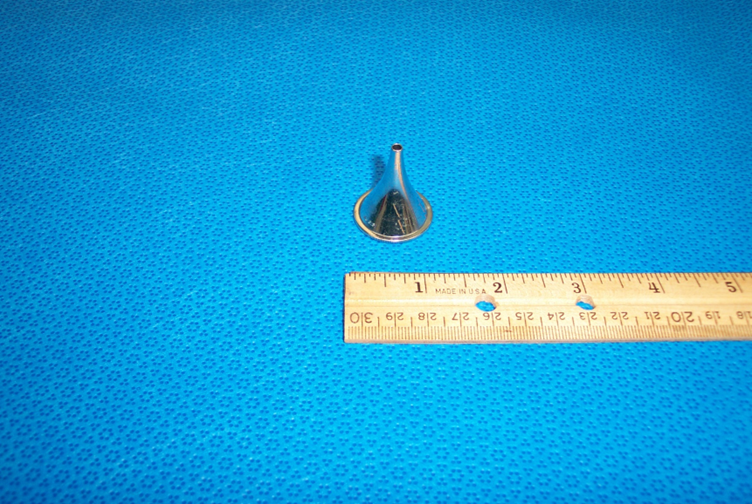
Dental Mirror / Laryngeal Mirror
Visualization of mouth or larynx.

Yankeur Suction (Tonsil)
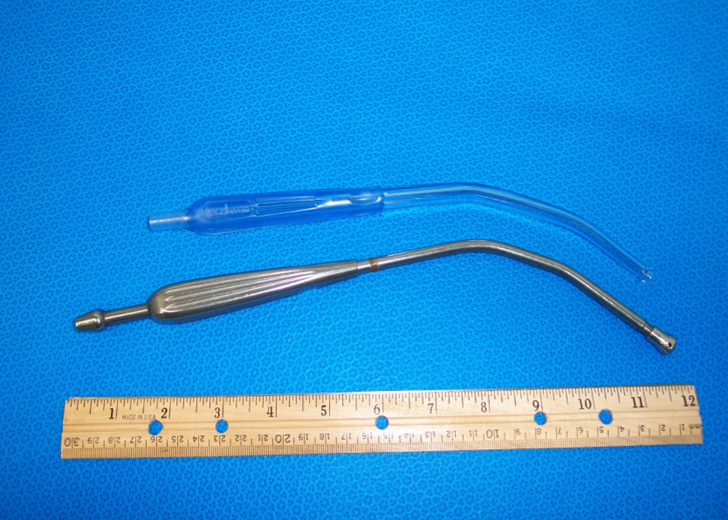
Frasier Suction Tip
Suctioning in small areas.
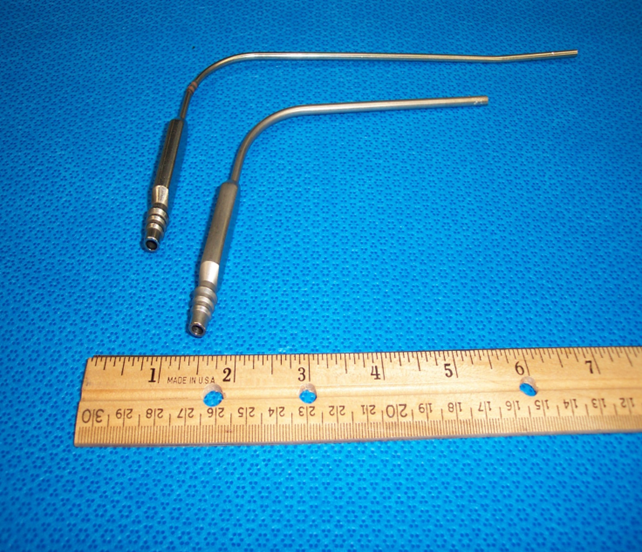
Baron Suction Tip
Suctioning within narrow spaces such as inside of the ear.
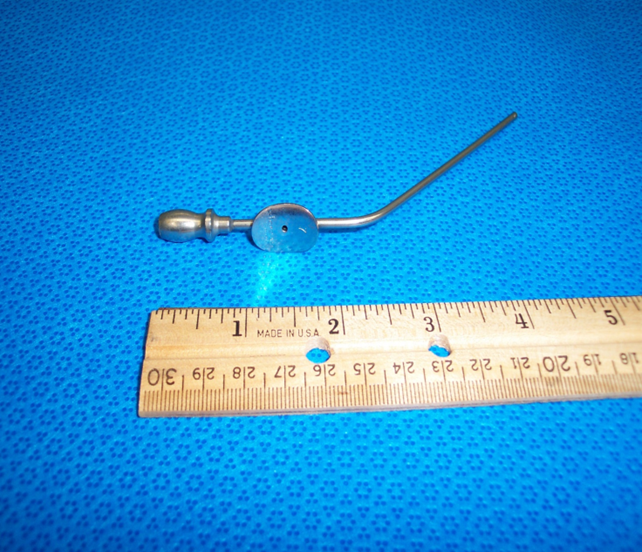
Dental Syringe
A syringe for injecting anesthetic in a medicine vial.
Used for sinus procedures.
An injectable needle twists onto the end of the syringe.
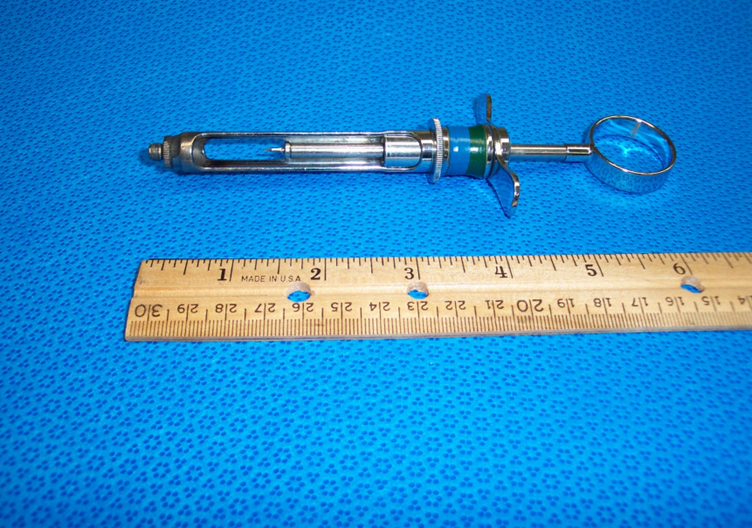
Mallet
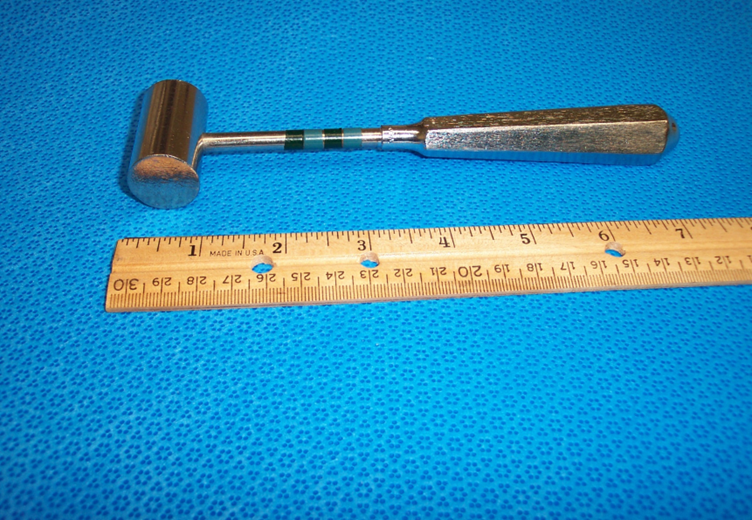
Bite Block
Used to protect the teeth and tongue during procedures.
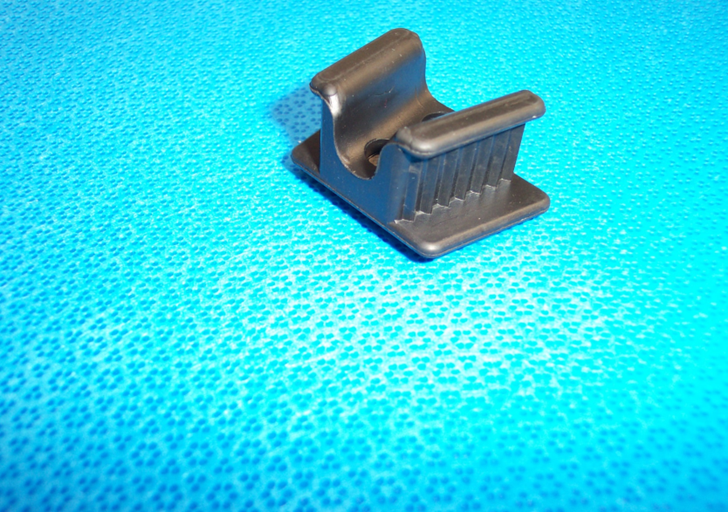
Arch Bars
Placed for mandibular fractures.
Wire is looped through the teeth and over/under the hooks on the arch bars.
The patient must carry a wire cutter with them at all times in case they have an emergency (vomit) and need to be able to open their mouth.
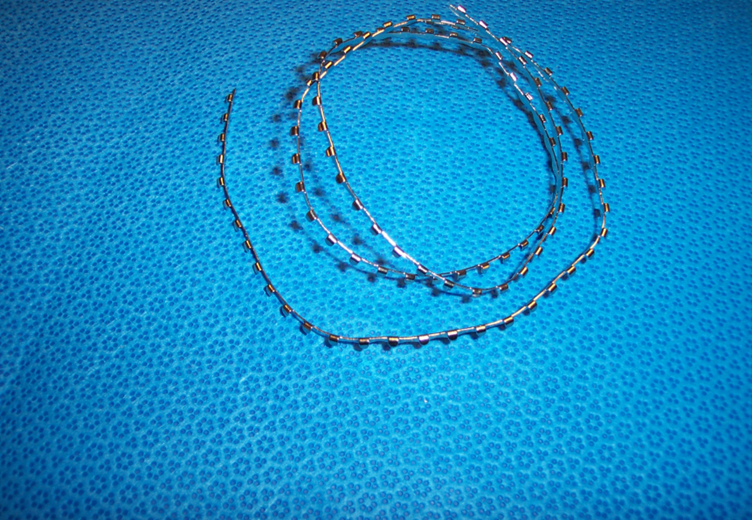
Wire Twister
Used to twist wire during arch bar placement.

Shaw Blade
Fits onto a shaw knife handle.
This cauterizes as it cuts, employing an electrically-heated cutting blade.
This is used most often for thyroidectomy and parotidectomy cases.
It gets EXTREMELY hot, so you’ll want to have a wet towel available on the field to place the knife on between uses.
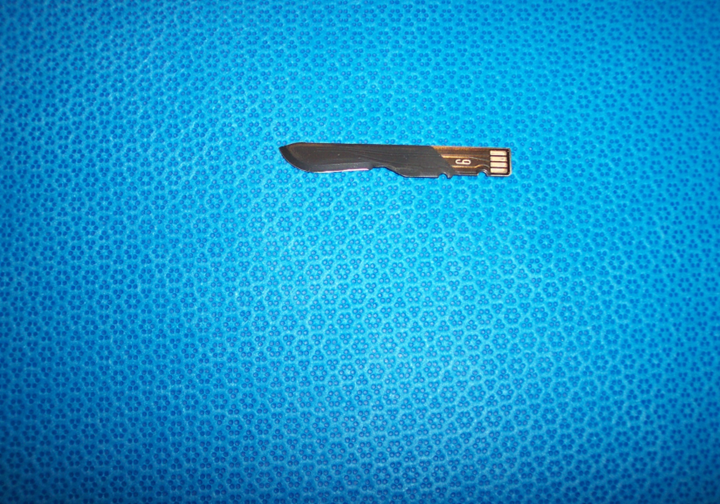
PE (pressure equalizing) Tubes
These tubes are placed in the tympanic membrane (ear drum) to alleviate the accumulation of fluid. This allows fluid to drain and also helps equalize the pressure within the middle ear. They are usually not removed, but left in place until they fall out on their own.
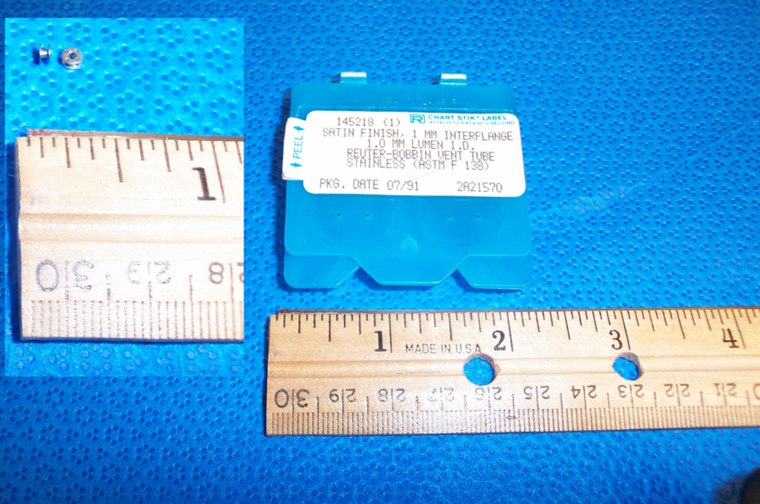
Tonsil Sponges
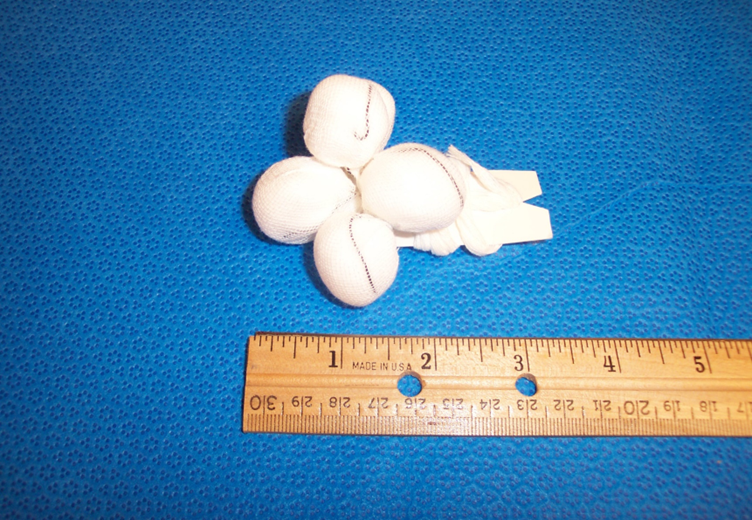
Tracheotomy Set
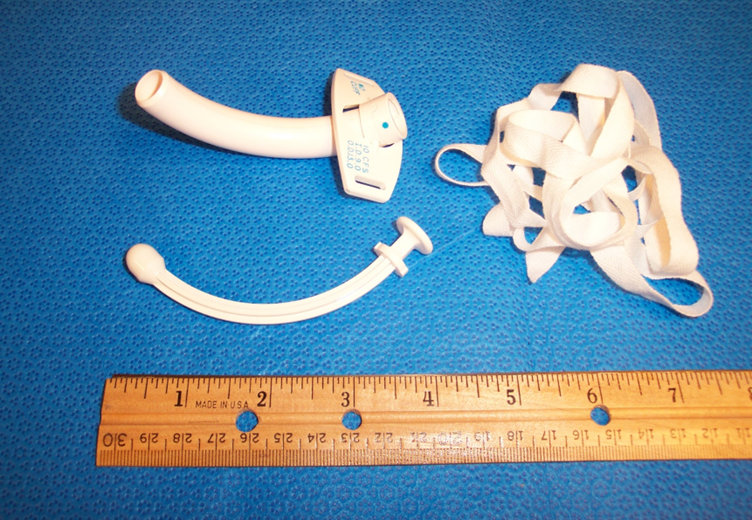
Trach Obturator
This helps place the tracheotomy tube.
This comes as part of the set and must always accompany the patient post-operatively. If their tube slips out, the obturator will be needed to reinsert it.
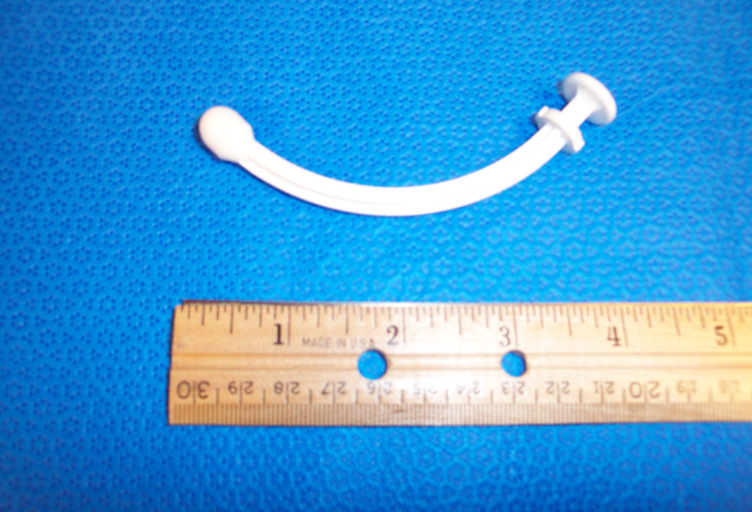
Needle tip cautery / Colorado tip

Shaw Knife Unit
